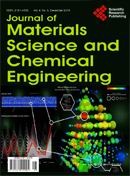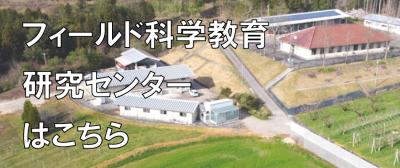本文
【地域資源開発学科】バイオマス焼却灰からの酒石酸添加や硫酸イオン添加法による回収
印刷用ページを表示する
2021年8月20日更新
【地域資源開発学科】バイオマス焼却灰からの酒石酸添加や硫酸イオン添加法による回収
Study of Potassium Recovery from Biomass Ash Using Tartaric Acid and Syngenite Method
Afan Bagus Mananda, Hiroyuki Harada, Hadi Imran A. Halem, Yoshiharu Mitoma, Fujita Keiko
Biomass has the potential and benefits of being an alternative energy source to replace fossil fuels that exist today in Indonesia and other tropical countries. In addition, biomass has an abundant stock or supply. By assessing the feasibility of recovering potassium, it is hoped that more potassium resources and in future Indonesia will be dependent on imported fertilizers and increase the agricultural industry, which is the aims of this study. The best extraction result is using CH3COOH. Treatment of 1:10 solid-liquid ratio with the help of 1 mol/l CH3COOH was chosen as the best treatment because it is more economically efficient. Recovery of K with the help of tartaric acid and acetic acid resulted in a K recovery efficiency of around 94%. The optimal condition for the syngenite method is the addition of a magnesium dose of 5 mmol/l and at pH 11, the Ca: K ratio is 1:2.1 with 42% K. This can be a suggestion which method is more effective and efficient in recovery K.

インドネシアなどの熱帯諸国のもつバイオマス量は多く化石燃料の代替え原料(バイオエタノール)としての利点をもつ。このバイオマスはカリウムを多く含み、それからカリウムを回収して、またバイオマス生育に利用することは、循環の観点から意味がある。本研究では焼却灰から酢酸溶液で抽出し、酒石酸を加えて酒石酸カリウムとして回収することを検討した。最適な抽出条件は1mol/l,固液比1:10であった。そのときの抽出率は94%に達した。カルシウム含有量も多いのでシンゲナイト(硫酸カリウム・カルシウム)として回収するために5mol/l硫酸マグネシウムをpH11で処理した。カルシウムとカリウムの比は 1:2.1で回収率は42%であった。
 大学概要
大学概要
 学部・大学院・専攻科
学部・大学院・専攻科
 学生生活・就職支援
学生生活・就職支援
 研究・地域連携・国際交流
研究・地域連携・国際交流
 入試情報
入試情報






